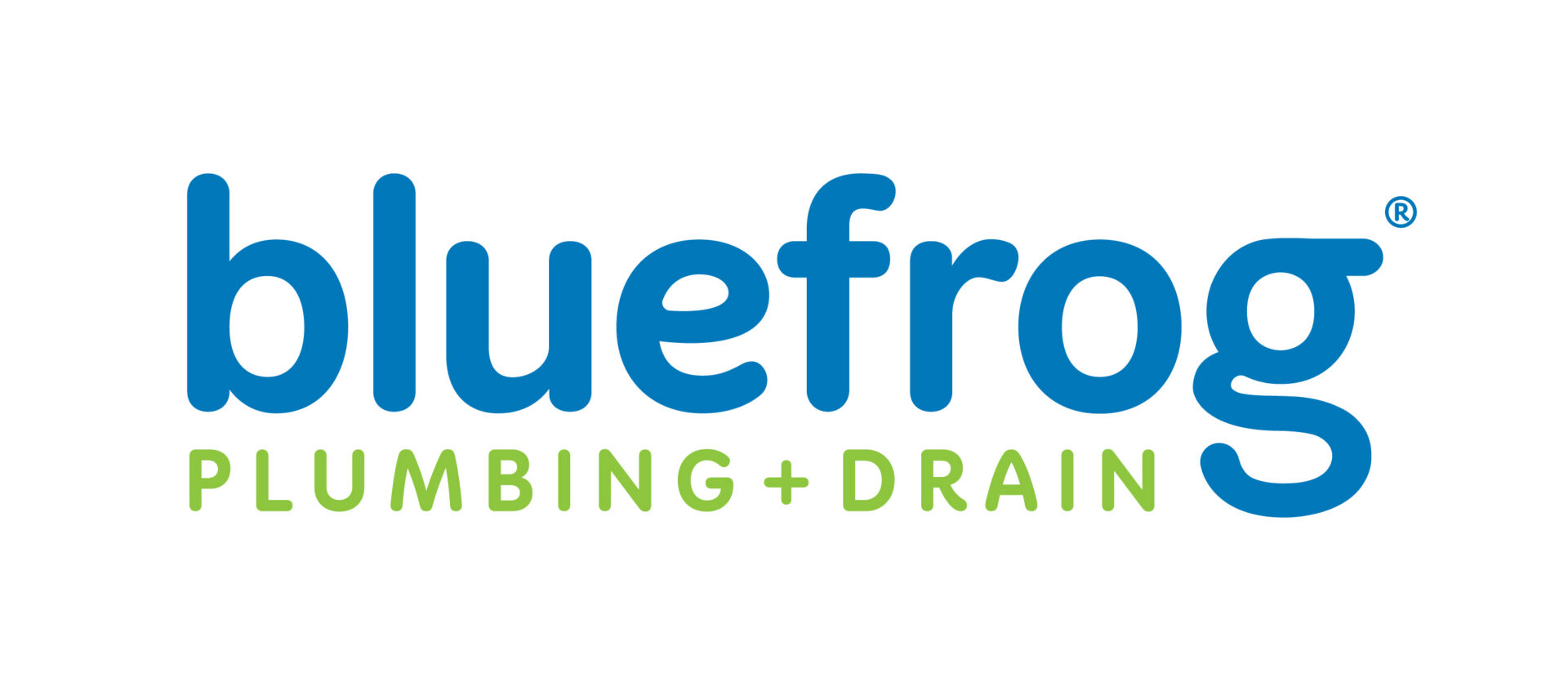Basements naturally can collect water, whether from internal sources like plumbing leaks or external ones like heavy rainfall. Their location makes them the first recipients of any excess water trying to find its way to the ground. Unfortunately, this also puts them at risk of water damage when water isn’t removed and allowed to accumulate.
Fortunately, there’s a way to prevent basement flooding and water damage – by installing sump pumps. These devices help you make it through heavy rains or rapid snowmelt by moving water out and away from your home. But what does a sump pump do exactly, and is a basement sump pump installation a worthwhile investment? We’ll tackle these questions below.
What Is a Sump Pump?
A sump pump is a cylindrical pump designed to evacuate water that has accumulated in its basin due to rain, melting snow, and groundwater. The primary purpose of this vital plumbing component is to direct water away from the house and prevent flooding and water damage.
Sump pumps generally run on electricity, but some are powered by water pressure from a municipal water supply. Electrical sump pumps are usually less expensive than pressure-powered pumps, but they won’t work during power outages during a storm. Because of this, many homeowners invest in a battery backup system to ensure their pumps continue to move water and prevent flooding.
Essential Functions: What Does a Sump Pump Do?
To better understand what a sump pump does and how it works, let’s delve into its primary components:
- The sump pit or basin is a hole dug in the basement so that water naturally flows into it. Its job is to collect water before it’s pumped away.
- The sump pump is a waterproof device placed inside the pit. It’s responsible for pumping the water out of the basin and away from your home to where it can be safely drained away.
- The float switch is a crucial part of a sump pump system as it triggers the operation of the pump.The float switch is lifted as the water level in the sump pit rises. Once it reaches a certain height, it triggers the pump to start. Similarly, the float descends as the water level falls and turns the pump off once the water has been cleared.
- The discharge line is the conduit through which the water is expelled from the sump pump. It leads water out and away from the home’s foundation to prevent flooding and water damage. However, it must be fitted with a check valve to keep water from flowing back into the sump pit after the pump has turned off.
As water enters the basin and the water level rises, the float switch rises with it. Once the float reaches a certain level and activates the sump pump, its motor starts and moves the water through the discharge line. Most discharge lines are at least 10-20 feet away from a home’s foundation to keep water from seeping back into the basement and causing water damage.
Sump Pumps for Basements: How Can They Protect Your Home?
Sump pumps protect and benefit your home in these different ways:
Flood Prevention
The primary job of a sump pump is to prevent basement flooding. During heavy rainfall, sewage backups, and other water events, sump pumps activate to redirect incoming water quickly. This ultimately reduces the risk of basement flooding.
Mold Mitigation
Sump pumps help keep basements dry, which consequently reduces the likelihood of mold growing and spreading in them. This helps protect the air quality in your home and prevents potential health issues associated with mold exposure.
Protecting Your Home’s Foundation
Constant water exposure can weaken a house’s foundation over time. Since a sump pump and a strategically installed discharge line move water far from your property, they are crucial in preserving your home’s structural integrity.
The Importance of Sump Pump Maintenance
As with all equipment, sump pump problems can arise over time. Diligent maintenance ensures your pump works correctly, especially when it’s needed the most. Routinely checking for debris in the basin is an effective way to ensure the float switch can move freely and turn on the motor when water levels rise.
Consider having a professional inspection of your sump pump at least once a year to ensure its optimal function. A trained and experienced plumber in Argyle can catch issues that a non-expert might not notice. More importantly, they can check all your system’s components to ensure your sump pump remains a trusty device against flooding.
Bluefrog Plumbing + Drain of Argyle Is Your Reliable Expert for Sump Pump Installation, Maintenance, and Repairs
A sump pump is crucial in keeping your home dry and safe from otherwise preventable water damage. Investing in reliable sump pump equipment, having it professionally installed, and keeping up with its care can go a long way in avoiding indoor flooding and costly, frustrating water damage in the long run.
Allow bluefrog Plumbing + Drain of Argyle to help you keep your living spaces dry and comfortable. From installing the correct sump pump for your home and area to performing regular inspections and repairs, you can trust us to get the job done correctly. Call our local team at 940-291-2915 to schedule your sump pump services.
